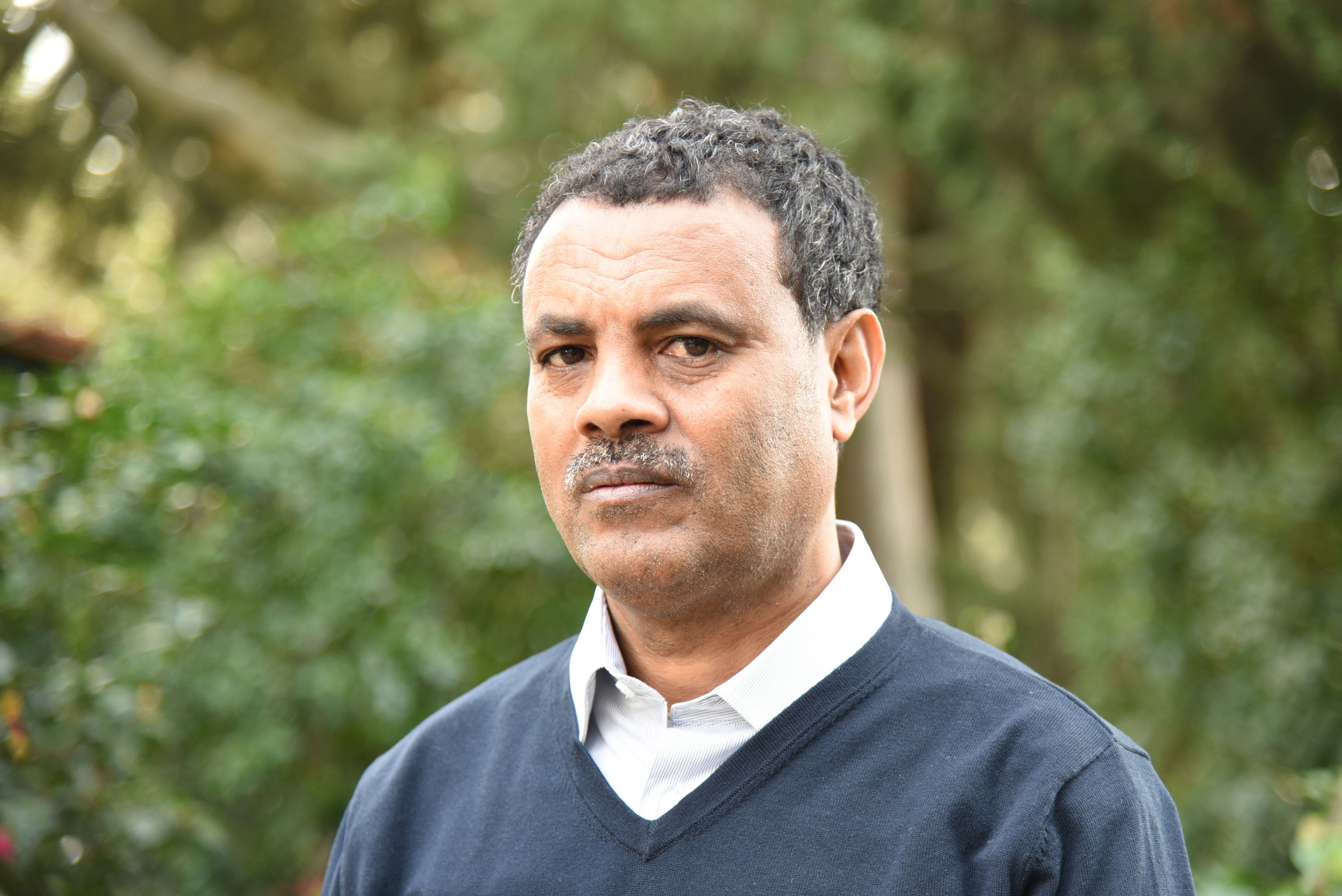Mengistu Gobezie Worku
Exploring the Architectural Traces of the East Mediterranean World from the Church of Yimrhane Kristos, Ethiopia
2023-2024 (January - June)

Biography
Mengistu Gobezie Worku has worked as an assistant professor in the Department of Archaeology and Heritage Management at Addis Ababa University. He served as a coordinator of the Ethio-French Lalibela World Heritage Site Conservation Project. He has played a prominent role in the establishment of St. Lalibela Institute of Heritage and Tourism Studies, where he has also served as a lecturer. Mengistu has been serving as a bridge for the connection between the Swedish Gothenburg University, Department of Conservation, and St. Lalibela Institute. His research areas and publications revolve around the history, archaeology and heritage affairs of the Post-Axumite period, focusing on Lasta-Lalibela area.
Project Summary
The project aims to fill the gaps in the material sources and analyze the relationship between Ethiopia and the Eastern Mediterranean world during the Lasta period, taking as an example the medieval Cave Church of Yimrehane Kristos. There are signs of Ethiopian connection with the Eastern Mediterranean world in hagiography and the Church of Yimrehane Kristos. The focus will be on architectural, art and material remains associated with the church. The church paintings and decorations provide many examples of connections between Ethiopians and other Oriental Christians of the medieval period. The Church of Yimrehane Kristos preserves typical examples of art in the Byzantine sphere. However, it has not yet received enough attention in previous scholarship, so this study is going to make its contribution in filling this gap. The study is designed to extract information through the assessment, analysis and interpretation of the physical fabric of the architectural building and archaeological finds. Documents of art and architecture, as well as associated material remains, serve as empirical evidence to fill the gaps in the poorly documented historical events of the subject under consideration as they demonstrate direct human experiences that have survived through time. This study also includes a critical examination of historical sources, including the hagiography of Yimrhane Kristos. The literary sources will be evaluated in the light of the scientific findings that help to develop new interpretations and shape an accurate picture of the investigated past.
